Pilchowice Dam - second tallest dam in Poland
Where is located Pilchowice Dam?
Address of Pilchowice Dam is Pilchowice near Jelenia Góra, Bóbr River, Dolnośląskie, Poland
show on map
When was built Pilchowice Dam?
Built date of Pilchowice Dam is 1921 - date of opening
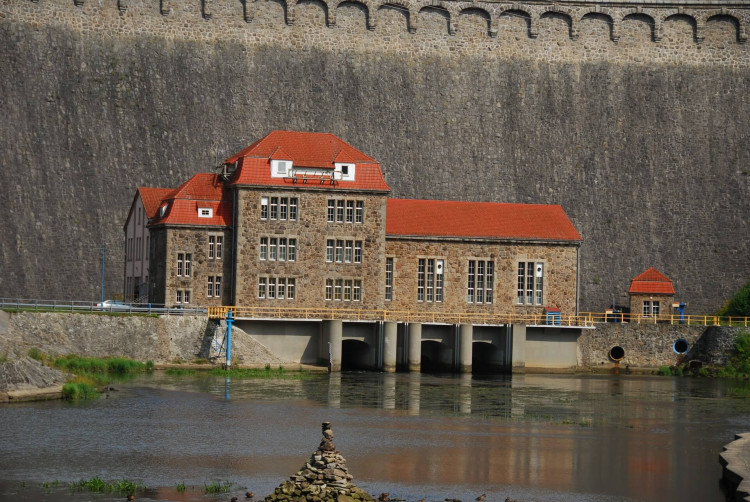
Facts, informations and history of Pilchowice Dam
The Pilchowice Dam is the second highest (after Solina) and the second dam in Poland. In addition, it is the highest stone and arch barrier in our country.
The length of the crown is 270 meters.
The first dams in Poland were built by Germany at a time when part of our country was under their annexation. That is why the oldest Polish dams are located in the west of the country, and more precisely in the Lower Silesian Voivodship. There is, among others, the Forest Dam (the oldest in Poland) and the extremely high Pilchowice Dam.
At the beginning of our century, after a series of floods ravaging Lower Silesia, three artificial lakes - Modre, Wrzeszczyńskie and Pilchowickie - were created on the 17-kilometer section of the Bóbr River. The largest of the Bóbr cascades is the lowest situated Pilchowickie Lake. All three barriers were designed and made by Germany.
The Pilchowice Dam was built of stones joined with concrete. Today, this construction technique has been forgotten, but at the beginning of the 20th century, almost all dams had such a construction.
Water from the reservoir feeds the turbines of the power plant, located in a house that looks like a family house at the bottom of the dam.
As at that time, the Pilchowice Power Plant producing more than 8 MW of electricity was a miracle of technology. The relief channel as with most arch constructions is located on the side of the crown. Unlike other dams, the canal was built in the shape of stairs. Such a solution slows down water that would otherwise wash away the building of the power plant, located in such an unusual place. Therefore, the stepped bleed channel is rare.
Architect of Pilchowice Dam
How many meters have Pilchowice Dam?
Height of Pilchowice Dam is 69 meters

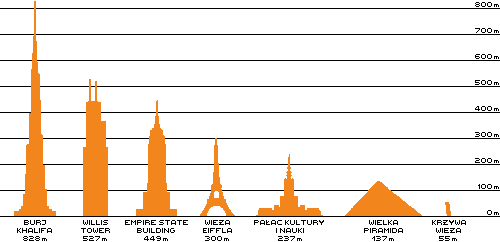
Construction/building type
Building Pilchowice Dam is of type Heavy firewall, Stone building, Arc
Architectural style
Architectural style of Pilchowice Dam is Neogotyk
Neo-Gothic is an architectural style that emerged in Europe in the 19th century and inspired many buildings, both public and private. Its name comes from Gothic, which was one of the most important architectural styles of the Middle Ages. Neo-Gothic was designed to recreate the look and feel of medieval Gothic buildings. ... czytaj więcej.
What material is the building made of?
Pilchowice Dam is made of the following materials: Concrete, stone
Location on map / How to get there





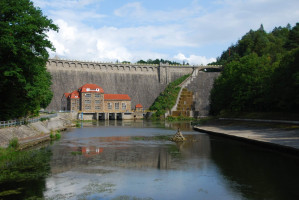

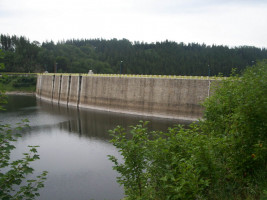

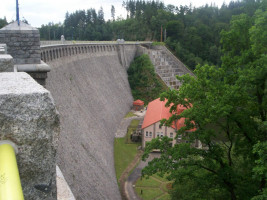
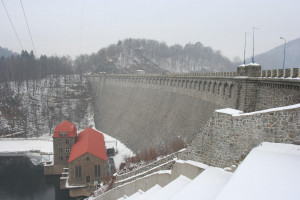

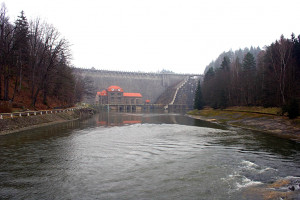

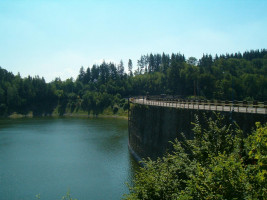


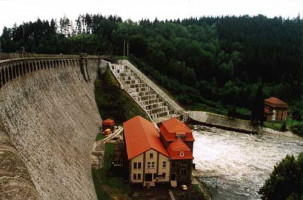





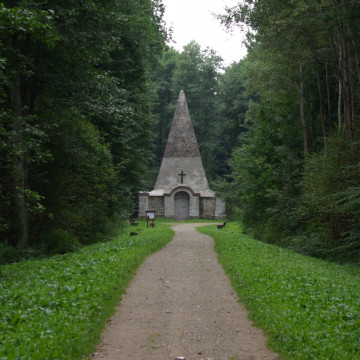
Comments to Pilchowice Dam (73) Average rating: 4,0 Add comment / Rate building
Based on 73 comments